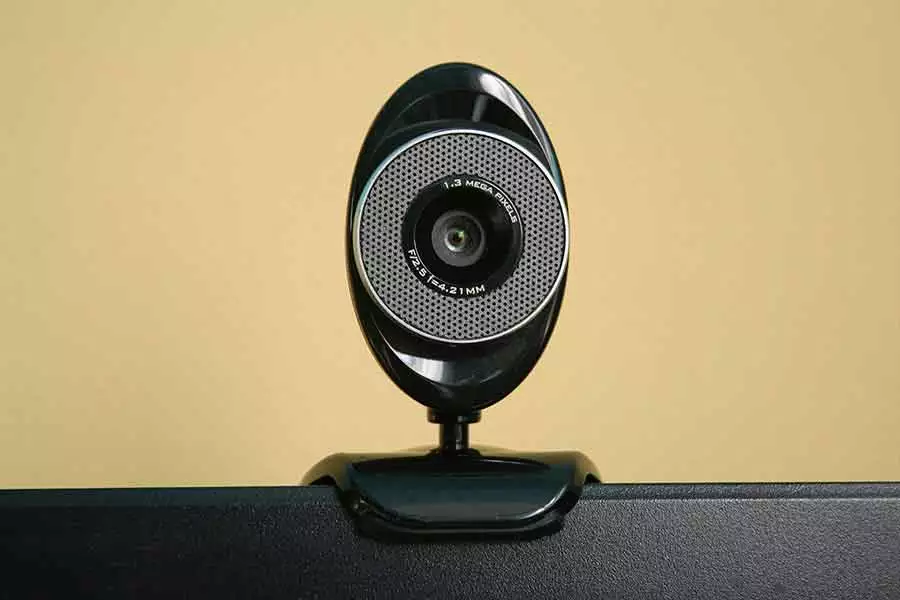Webcams have evolved from simple sensor-and-optics setups to sophisticated devices used in video conferencing and live streaming. This text explores their development—from the pioneering coffee pot webcam at Cambridge to today’s HD and IP models—while examining key features like resolution, focus, and lighting.
Types and Structure of Webcams
A webcam is a relatively simple device, with a light-sensitive sensor located under an optical system that converts the image it receives into electrical signals. The digitized image is then processed by a special digital circuit where it is formatted and compressed—commonly using the MJPEG method due to its simplicity. After this, the digitized image is transmitted to the connected device.
- The operating principle is similar for all models. Available equipment modifications include:
- Wireless HD webcams;
- Wired ones for video calls;
- Devices for video conferencing;
- IP format devices.
The First Webcam in History
The world’s first webcam showed a coffee pot in the Trojan Room at the University of Cambridge and was launched in 1991. On August 22, 2001, it was turned off. The last photograph taken by this camera can still be viewed on the internet.
In 1996, EarthCam began creating a network of webcams to show the world in real-time. Initially, the cameras transmitted photographs (with the production interval constantly reduced), then they transmitted video (with improving resolution).
Like many network technologies, webcams and video chats gained mass popularity. The demand for “live” video images led to webcams capable of streaming over the internet in a video stream format, eliminating the need for manual image updates, and soon, special plugins became unnecessary in modern browsers.
However, there are historical cases where the development of webcam use has been impeded.
Main Features of a Webcam
Resolution
The resolution determines the detail and clarity of the image. The higher the resolution, the sharper and better the image.
List of Supported Modes
The supported modes indicate how many frames per second the webcam can produce at various resolutions. If the resolution you need is not listed, the image is likely to “lag” and jerk.
In simple terms, high-quality, sharp, high-resolution images without jerks and blurs can only be delivered by professional, non-cheap webcams with good optics. Hence, it’s important to decide whether high resolution is really necessary and whether it is worth the expenses required to achieve it.
Focusing
Focusing determines how well the camera captures and displays the main object or person. Webcams have three types of focusing:
- Fixed focus: The simplest option, where the lens is focused to provide maximum depth of field—objects at some distance from the lens and farther appear sharp.
- Manual focus: Involves manually changing the lens’s focal length (usually by turning the focus ring). The focal length is adjusted while monitoring the image until the subject becomes sufficiently sharp.
- Autofocus: The most “advanced” focusing option. Such cameras may have larger aperture values, allowing them to be used in low-light conditions and obtain excellent images. The camera focuses automatically by analyzing the image on the sensor and adjusting the focal length with an actuator mechanism.
Most models use simple non-focus optics (fixed focus set at the factory for a typical distance from the monitor to the user) or manual focus.
Lighting
Lighting is mainly found in cameras with fixed focus. However, it is unlikely to compensate for poor lighting, resulting in overly contrasting images with overexposed bright areas and deep shadows.
Using a Webcam on StrangerCam
To get started on StrangerCam, first, ensure your webcam is properly installed and updated with the latest drivers. Then, visit the StrangerCam website or open its app and sign in or create an account. In the settings menu, select your webcam and adjust options such as resolution, focus, and lighting to optimize your video quality. Once configured, click the “Start Chat” or “Join Chat” button to connect with others in real-time and enjoy seamless, live interactions.






